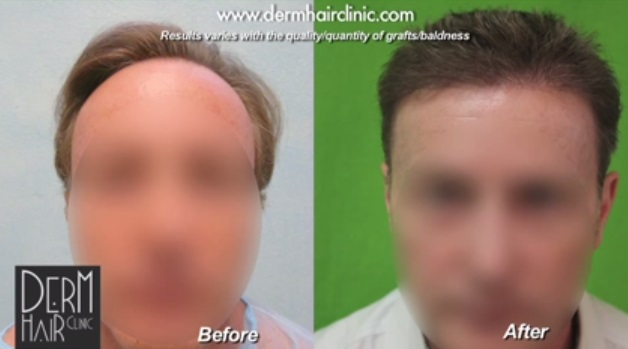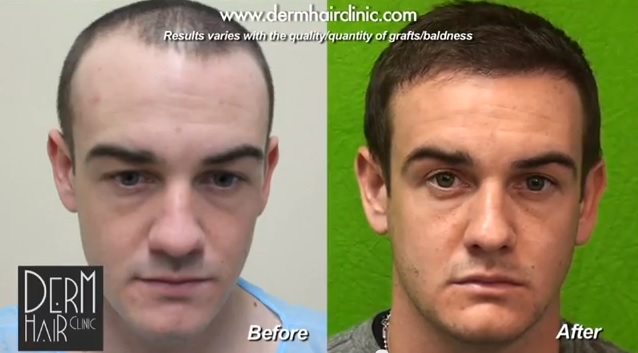Hairline Loss Versus Hairline Maturation :What is Hairline Maturation
The shape and height of the hairline can be expected to change for most males. This typically occurs between the ages of 17-27.
Prior to these changes, the hairline is described as “juvenile.” This is characterized by a relatively straight contour.
But in early adulthood, the hairline starts to become higher and more V shaped. In hairline maturation, the contour will regress only by a short distance and then stop. This is usually between 1-1.5cm.
Unless the individual really dislikes the look of their hairline once it has matured, there is really no need to seriously consider a hair transplant procedure.
Not all men who experience hairline maturation would go on to suffer hairline recession due to androgenic alopecia. A good example would be former president, Bill Clinton who has managed to retain his juvenile hairline.
Hairline Loss Versus Hairline Maturation : How to Tell If You Have True Recession of the Hairline
One way to tell is by purposely creasing the forehead. If the hairline is more than two thirds of an inch past the very top crease, then this is likely to be a sign of androgenic alopecia.
Hairline Loss Versus Hairline Maturation: Why Knowing Matters For Transplant Surgery
Men who opt for hair restoration surgery to address genetic baldness usually desire the hairline that they had in their teens and twenties.
Although there are no hard and fast rules when it comes to choosing a hairline shape and height, it may be more flattering to a person’s appearance to consider a mature hairline versus a juvenile one.
However, the ultimate decision would depend on what truly looks the best for a particular patient’s face.
Many clinics recommend a very conservative approach to reversing a receding hairline through surgery. And this advice is given to conserve a patient’s head donor supply if they should need future surgeries.


Read about Hairline Reconstruction processes and considerations for a natural undetectable results
